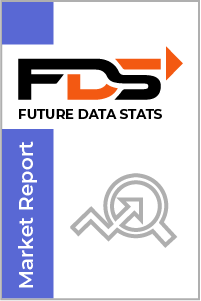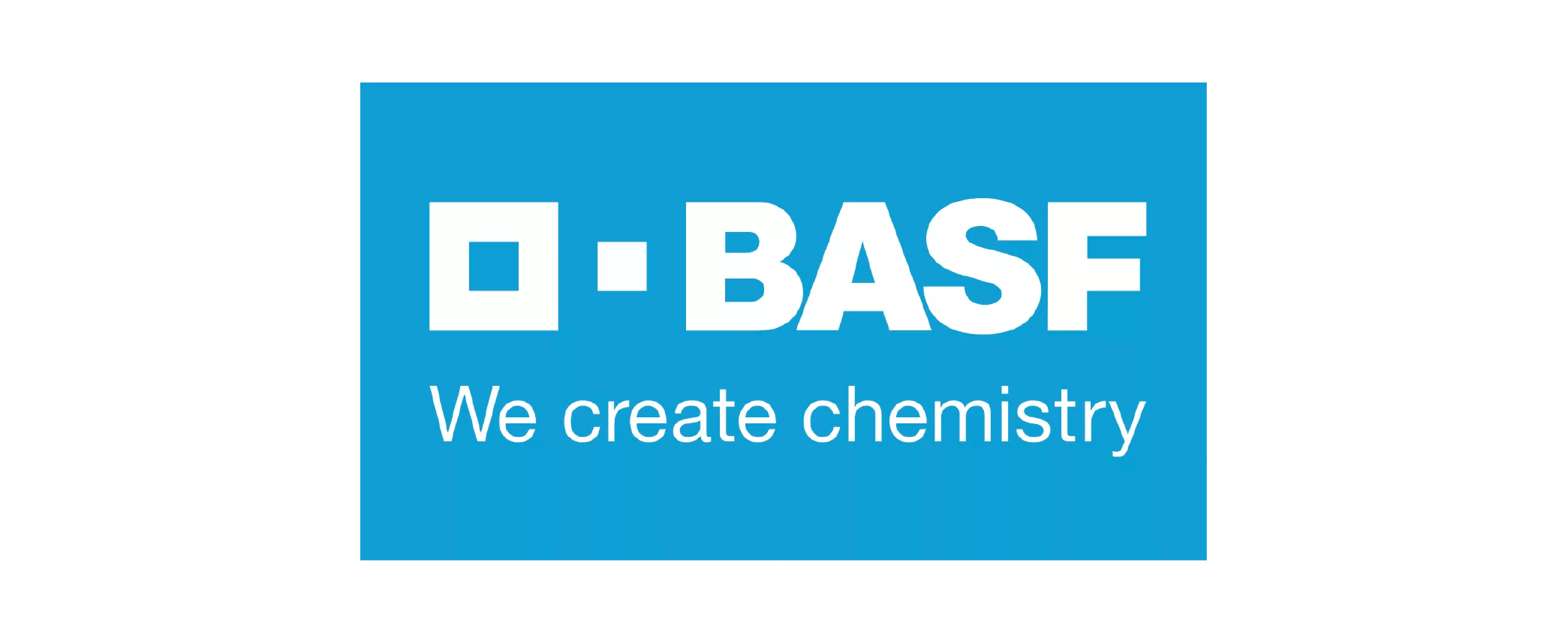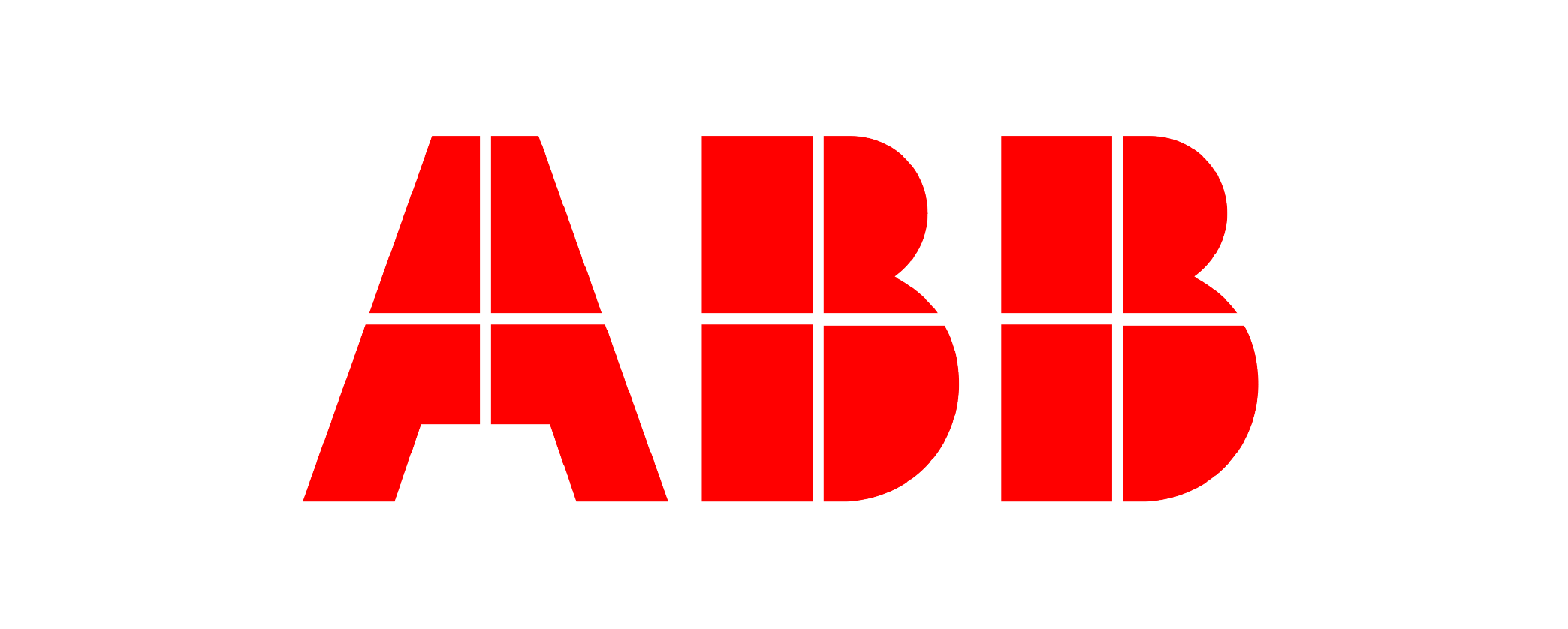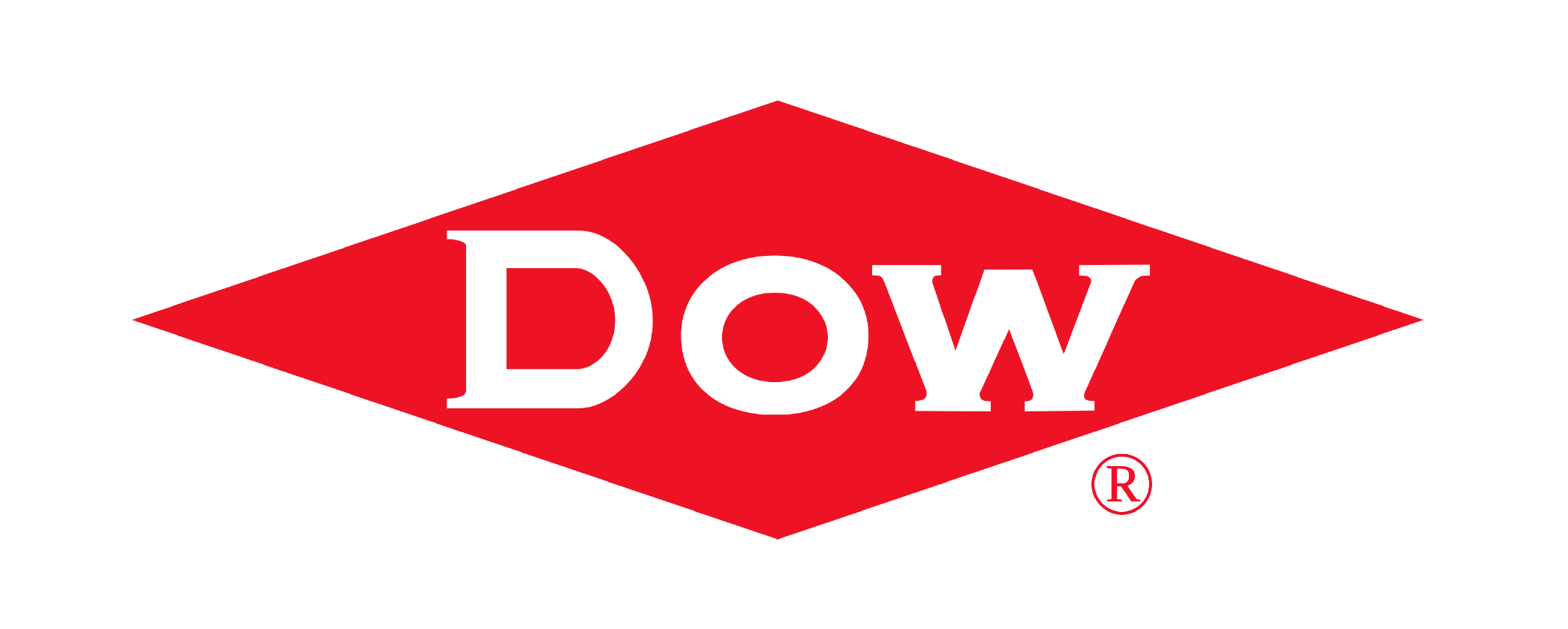The global Flexible Display Market size was valued at USD 18 Billion in 2024 and is projected to expand at a compound annual growth rate (CAGR) of 25% during the forecast period, reaching a value of USD 120 Billion by 2032.
The "Flexible Display Market Research Report" by Future Data Stats provides an in-depth examination of the market landscape, utilizing historical data from 2021 to 2023 to identify key trends and growth patterns. Setting 2024 as the foundational year, the report explores consumer behavior, competitive forces, and regulatory frameworks that influence the industry. It transcends basic analysis, delivering a thoroughly researched forecast extending from 2025 to 2033. By employing sophisticated data analysis methodologies, the report not only outlines the market's growth trajectory but also uncovers emerging opportunities and foresees potential obstacles, empowering stakeholders with vital insights to adeptly navigate the changing market landscape.
MARKET OVERVIEW:
The flexible display market focuses on the development and commercialization of bendable, rollable, and foldable screens used across various electronic devices. These displays offer advantages like lightweight design, durability, and enhanced portability, making them ideal for next-generation smartphones, wearables, and automotive dashboards. Companies in this market aim to meet growing consumer demand for more adaptable and immersive visual experiences. Driven by rapid advancements in display technologies, this market continues to evolve as manufacturers invest in new materials and production techniques. Flexible displays are not only reshaping product design but also opening new opportunities for innovation in multiple industries, from consumer electronics to healthcare and transportation.
MARKET DYNAMICS:
The flexible display market is seeing strong momentum as manufacturers introduce more foldable smartphones, rollable TVs, and curved wearable devices. Recent trends show a shift toward thinner, more durable materials that improve screen flexibility without compromising image quality. Leading tech companies are integrating flexible displays into smartwatches and foldable laptops, aiming to enhance user experience while reducing device bulk. Partnerships between display makers and consumer electronics brands are also driving faster adoption across global markets. Looking ahead, the market is expected to expand into areas like automotive interiors, smart home devices, and even healthcare monitoring tools. Innovations such as stretchable displays and integration with advanced sensors could unlock new business models and applications. Companies investing early in R&D and production capabilities are likely to gain a competitive edge, as demand grows for immersive and adaptable display solutions across both consumer and industrial sectors.
The flexible display market is experiencing significant growth, driven primarily by advancements in display technology and increasing demand for lightweight, portable devices. Manufacturers are investing heavily in research and development to create innovative products that enhance user experience. The rise of wearable technology, such as smartwatches and fitness trackers, further fuels this demand, as consumers seek displays that can bend and conform to various shapes. Additionally, the proliferation of smartphones with edge-to-edge screens opens new avenues for flexible display applications, offering consumers a seamless visual experience. However, the market faces several challenges that could hinder its expansion. High production costs and technical complexities associated with flexible display manufacturing pose significant barriers to entry for new players. Moreover, concerns over durability and performance longevity can deter potential buyers. Despite these restraints, opportunities abound in sectors such as automotive and healthcare, where flexible displays can revolutionize user interfaces and provide real-time data visualization. As industries continue to explore the potential of flexible displays, strategic collaborations and partnerships may emerge, fostering innovation and driving market growth.
FLEXIBLE DISPLAY MARKET SEGMENTATION ANALYSIS
BY TYPE:
OLED technology leads the flexible display market due to its ability to deliver vibrant visuals, deep contrast, and thin form factors. Manufacturers continue to favor OLEDs for high-end smartphones, wearables, and foldable laptops because they enable sleek designs without backlighting. Consumer preference for better visual experiences is pushing demand higher, especially in the premium segment. LCD displays maintain relevance, especially in mid-range devices, by offering reliable performance at lower production costs. Although less flexible than OLED, advances in thinner substrates and improved liquid crystal alignment have helped extend LCD use in some curved and edge-screen designs. Brands seeking cost-effective alternatives still rely on LCD for scalability.
E-Paper displays are gaining traction in niche segments like e-readers, smart labels, and low-power signage. Their minimal energy use and excellent readability in sunlight make them ideal for outdoor and portable applications. Businesses in retail and education continue exploring E-Paper for its long battery life and paper-like display characteristics.
BY SUBSTRATE MATERIAL:
Glass substrates remain essential in semi-flexible designs where durability and scratch resistance matter. While not as bendable as other materials, ultra-thin glass has found a role in foldable smartphones and tablets. Companies developing hybrid designs often turn to glass to enhance user experience without sacrificing flexibility.
Plastic substrates are driving innovation in truly flexible and rollable displays. Their lightweight nature and resilience make them ideal for foldable phones, wearables, and even emerging stretchable screens. As plastic processing improves, manufacturers are scaling up production for broader commercial use, fueling rapid growth in this category.
Others, including metal foils and composite materials, are being explored for durability and heat resistance. These materials are mostly in early development but show promise in industrial and military-grade applications. Their robustness positions them well for future use in harsh environments where standard materials fall short.
BY APPLICATION:
Smartphones & Tablets dominate the application landscape, largely due to the surge in foldable and edge-display phones. Consumers expect compact, multi-functional devices, prompting manufacturers to integrate flexible screens for a seamless experience. Flagship models from major brands continue to set the pace for innovation. Wearables benefit heavily from flexible displays, which allow compact designs without compromising screen size or usability. Fitness bands, smartwatches, and even smart glasses are adopting curved or wrap-around displays to enhance functionality. As health tracking grows more mainstream, flexible screens are becoming a standard component. Televisions & Digital Signage are using large-format flexible displays to create immersive viewing environments. Curved and rollable TVs are entering luxury markets, while digital signage with bendable screens is gaining interest in retail and transportation hubs. These applications help businesses attract attention in high-traffic areas. E-Readers continue to rely on flexible E-Paper displays that reduce eye strain and battery usage. Lightweight, durable form factors make them popular in educational and professional settings. Manufacturers are now exploring color E-Paper to expand their appeal in the creative and publishing sectors.
Automotive Displays are rapidly adopting curved and flexible screens for dashboards, control panels, and infotainment systems. These displays conform to sleek interior designs while delivering rich, real-time information. Automakers see flexible displays as a way to elevate the user experience in connected and electric vehicles. Industrial & Commercial applications are turning to flexible screens for remote monitoring, wearable tools, and safety systems. In harsh or mobile environments, these displays provide resilience and adaptability. Industries like construction, logistics, and manufacturing are piloting flexible tech to improve workflow and durability.
BY TECHNOLOGY:
OLED remains the core technology in flexible displays due to its self-emitting nature, which eliminates the need for backlights. Its thinness and bendability allow for versatile product designs, from foldable smartphones to curved monitors. Ongoing investment in OLED fabrication ensures continued dominance. E-Paper excels in low-power and outdoor applications, thanks to its static image display capability and readability in bright light. Although not as dynamic as OLED or LCD, its energy efficiency makes it attractive for long-term and sustainable display solutions. Quantum Dot LED (QLED) combines bright color reproduction with enhanced energy efficiency. While traditionally seen in rigid formats, innovations are making QLEDs viable in flexible applications. The technology offers potential in foldable tablets and premium displays where vivid quality is crucial. LCD still plays a supporting role in the flexible display market by offering a bridge between affordability and performance. Technological tweaks, such as edge-lit and mini-LED backlighting, are enabling semi-flexible uses without the cost of OLED.
LED displays, particularly micro-sized ones, are gradually entering the flexible space. Micro-LEDs offer superior brightness and lifespan, and companies are exploring ways to adapt them into bendable formats. While still emerging, this technology could reshape the future of flexible high-resolution screens. Micro-LED stands out for its potential in next-generation displays, blending the advantages of OLED and traditional LED. With development focused on stretchable and rollable applications, Micro-LED could soon provide ultra-clear visuals with unmatched energy efficiency
BY FORM FACTOR:
Rollable Displays are gaining attention for their ability to expand screen size on demand. Smartphones, TVs, and even tablets with roll-out features are in development stages, offering futuristic designs that improve portability without sacrificing screen space. Foldable Displays have become a major driver in consumer electronics, especially smartphones and laptops. These designs give users more screen real estate while maintaining a compact footprint. As hinge and screen durability improve, foldables are becoming more mainstream.
Curved Displays enhance immersion and ergonomics, especially in monitors, TVs, and automotive dashboards. Their ability to follow the natural curve of vision improves comfort and focus, making them popular in both consumer and professional applications.
BY END-USE INDUSTRY:
Consumer Electronics remains the largest end-user, with smartphones, tablets, and wearables integrating flexible screens for better aesthetics and function. Major brands continue to invest in R&D to stay competitive in this high-demand space. Automotive applications are expanding as vehicles evolve into connected, digital environments. Flexible displays enable dynamic dashboards, touch controls, and heads-up displays, aligning with trends in smart mobility and electric vehicles. Healthcare is adopting flexible displays for wearable monitors, portable diagnostics, and patient engagement tools. Their comfort and adaptability make them ideal for continuous use in clinical and home settings, supporting the shift to personalized care. Industrial sectors use rugged, bendable screens in field operations, logistics, and manufacturing environments. These displays withstand tough conditions while improving workflow through real-time data access.
Retail is leveraging flexible signage and interactive screens to enhance customer engagement. Dynamic, space-efficient displays help create unique in-store experiences and promotional strategies. Aerospace & Defense is exploring durable, lightweight flexible displays for cockpits, field devices, and tactical systems. These screens meet stringent requirements for performance under pressure and mobility in the field.
REGIONAL ANALYSIS:
North America continues to lead the flexible display market through strong investment in advanced technologies and rapid consumer adoption. The region benefits from the presence of major tech firms that actively develop foldable devices, smart wearables, and next-gen automotive displays. High disposable incomes and a strong demand for premium electronics have accelerated the adoption of flexible displays across the United States and Canada. Additionally, the automotive sector is embracing curved and adaptive dashboards, further expanding market potential.
Asia Pacific holds a dominant position in production and innovation, driven by countries like South Korea, China, and Japan. These nations house leading display manufacturers that supply components globally while also pushing the boundaries of foldable, rollable, and stretchable display technologies. Meanwhile, Europe focuses on quality, sustainability, and integration of flexible displays in automotive and healthcare sectors, with companies in Germany and France playing a central role. Latin America and the Middle East & Africa are emerging markets, gradually integrating flexible displays into consumer electronics and public infrastructure as connectivity and economic development improve.
MERGERS & ACQUISITIONS:
- In January 2024 – Intel acquired SiPhotonics to strengthen its silicon photonics division.
- In February 2024 – Broadcom merged with PIC startup Lumos Labs for advanced optical solutions.
- In March 2024 – NeoPhotonics partnered with TSMC for high-volume PIC production.
- In April 2024 – Cisco acquired LightLogic to enhance its PIC-based networking tech.
- In May 2024 – II-VI Incorporated (now Coherent) expanded its PIC portfolio with a key acquisition.
- In June 2024 – Huawei invested in PhotonX to accelerate PIC R&D.
- In July 2024 – Infinera acquired Aurora Labs for next-gen PIC designs.
- In August 2024 – Nokia partnered with Ayar Labs for silicon photonics integration.
- In September 2024 – Lumentum acquired NeoPhotonics to consolidate PIC leadership.
- In October 2024 – IBM collaborated with GlobalFoundries on advanced PIC manufacturing.
- In November 2024 – Marvell finalized its acquisition of Inphi for PIC-driven connectivity.
- In December 2024 – Nvidia invested in Lightmatter for AI-optimized photonic computing.
KEY MARKET PLAYERS:
- Samsung Display
- LG Display
- BOE Technology
- Royole Corporation
- Sharp Corporation
- AU Optronics (AUO)
- Innolux Corporation
- Japan Display Inc. (JDI)
- E Ink Holdings
- Visionox
- FlexEnable
- Plessey Semiconductors
- HannStar Display
- Tianma Microelectronics
- Truly International
- Corning Incorporated
- Pioneer Corporation
- Kent Displays
- Plastic Logic
- Universal Display Corporation (UDC)
Flexible Display Market: Table of Contents
Executive Summary
Market Introduction
Research Methodology
Market Dynamics
- Drivers
- Restraints
- Opportunities
- Challenges
Market Trends and Developments
Technology Landscape
Regulatory Landscape
Flexible Display Market Segmentation
- By Type
- By Substrate Material
- By Application
- By Technology
- By Form Factor
- By End-Use Industry
Regional Analysis
- North America
- Europe
- Asia-Pacific
- Latin America
- Middle East & Africa
Competitive Landscape
- Market Share Analysis
- Company Profiles
- Recent Developments
Strategic Recommendations
Appendix
- Glossary
- References
- Assumptions & Abbreviations
Flexible Display Market Segmentation
By Type:
- OLED
- LCD
- E-Paper
By Substrate Material:
- Glass
- Plastic
- Others (e.g., metal)
By Application:
- Smartphones & Tablets
- Wearables
- Televisions & Digital Signage
- E-Readers
- Automotive Displays
- Industrial & Commercial
- Others
By Technology:
- OLED
- E-Paper
- Quantum Dot LED (QLED)
- LCD
- LED
- Micro-LED
By Form Factor:
- Rollable Displays
- Foldable Displays
- Curved Displays
By End-Use Industry:
- Consumer Electronics
- Automotive
- Healthcare
- Industrial
- Retail
- Aerospace & Defense
By Geography:
- North America (USA, Canada, Mexico)
- Europe (UK, Germany, France, Italy, Spain, Rest of Europe)
- Asia-Pacific (China, Japan, Australia, South Korea, India, Rest of Asia-Pacific)
- South America (Brazil, Argentina, Rest of South America)
- Middle East and Africa (GCC Countries, South Africa, Rest of MEA)
Why Invest in a Market Research Report?
- Empower Informed Decision-Making
A meticulously crafted market research report delivers a comprehensive analysis of industry trends, consumer behavior, and competitive landscapes. By leveraging these insights, organizations can make data-driven decisions, minimizing uncertainties and risks when introducing innovations or expanding into new markets. - Uncover Untapped Opportunities
Market research illuminates market gaps, emerging trends, and unmet consumer needs. This intelligence enables businesses to align product development and service offerings with evolving demand, positioning them to capitalize on lucrative opportunities and drive market leadership. - Gain Competitive Intelligence
Through in-depth analysis of competitors’ strategies, strengths, and vulnerabilities, companies gain actionable insights for strategic differentiation. This knowledge empowers organizations to refine their value propositions and craft targeted strategies to outperform rivals. - Optimize Marketing Effectiveness
Granular insights into target demographics, purchasing patterns, and psychographics allow businesses to design data-driven marketing campaigns. Such precision enhances customer engagement, maximizes ROI, and ensures optimal allocation of marketing resources. - Proactive Risk Management
Robust market research identifies potential challenges, from economic fluctuations to regulatory hurdles, enabling proactive risk mitigation. By anticipating disruptions, businesses can safeguard profitability, operational continuity, and brand reputation. - Strengthen Stakeholder Confidence
Investors and stakeholders demand validated market data to assess viability. A well-structured report provides credible evidence of market potential, competitive advantages, and growth projections, bolstering trust and facilitating capital acquisition. - Stay Ahead of Industry Evolution
Continuous monitoring of technological advancements, regulatory shifts, and consumer preferences ensures agility in a dynamic marketplace. Market research equips organizations to adapt swiftly, innovate strategically, and sustain long-term competitiveness.
Research Methodology
At Future Data Stats, our research methodology is anchored in nearly 70 Years of combined industry expertise, refined to deliver precise market intelligence and actionable industry insights. We employ a systematic, multi-layered approach to ensure accuracy, reliability, and strategic relevance in our analyses. Below is a detailed overview of our methodology:
Methodological Framework
Our process integrates primary and secondary research, advanced analytical frameworks, and industry-specific expertise to generate comprehensive market evaluations. The methodology is structured to provide stakeholders with a granular understanding of market dynamics, competitive landscapes, and growth opportunities.
Comprehensive Market Insights
We deliver a 360-degree perspective on market size, structure, and emerging trends by synthesizing data from diverse sectors. Our analysis focuses on:
- Trend Identification: Real-time monitoring of industry developments and macroeconomic factors.
- Growth Drivers: Quantitative and qualitative assessment of factors influencing market trajectories.
- Forecasting: Scenario-based projections using validated data and expert evaluations.
All insights are grounded in high-quality datasets, independent expert perspectives, and rigorous validation protocols to ensure alignment with client objectives.
Data-Driven Research Approach
We leverage a multi-source data ecosystem to enhance analytical depth:
- Primary Research:
- Stakeholder Interviews: 24+ hours of structured engagements with industry leaders, suppliers, distributors, and end-users.
- Key Opinion Leader (KOL) Consultations: Customized questionnaires and in-depth discussions to capture nuanced insights.
- Value Chain Analysis: Holistic coverage from raw material suppliers to end-consumer dynamics.
- Secondary Research:
- Document Analysis: Evaluation of 3,000+ sources, including industry reports, regulatory publications, and competitive benchmarking data.
- Macro-Level Data: Integration of statistics from government databases, trade associations, and global indices.
Analytical Framework
Our dual-pronged analytical strategy ensures precision in market sizing and competitive positioning:
- Bottom-Up Approach:
- Calculation of regional and global market sizes through granular revenue analysis of key players.
- Validation via demand-supply gap assessments and pricing trend evaluations.
- Top-Down Approach:
- Identification of market leaders and segmentation based on product portfolios, regional presence, and innovation capabilities.
- Market share derivation using financial disclosures and industry benchmarks.
Key Methodological Advantages
- Actionable Intelligence: Robust datasets and trend analysis to inform strategic decision-making.
- Technological Rigor: Proprietary analytical tools and sector-specific models to enhance data accuracy.
- Unbiased Outcomes: Transparent, independent insights free from external influence.
Quality Assurance
Every research output undergoes a multi-stage validation process, including peer review, cross-verification with industry benchmarks, and real-time data updates. This ensures our findings remain current, credible, and actionable.
By combining empirical research, advanced analytics, and industry acumen, Future Data Stats empowers clients to navigate complex markets with confidence and achieve sustainable growth. Our methodology reflects a steadfast commitment to excellence, innovation, and client success.
Flexible Display Market Dynamic Factors
Drivers:
- Tech companies push innovation in foldable and rollable screens.
- Consumers demand lightweight, portable devices.
- OLED adoption grows in smartphones and wearables.
- Automotive and healthcare sectors integrate flexible display tech.
Restraints:
- High production costs limit widespread adoption.
- Flexible displays face durability concerns over time.
- Manufacturing complexity slows mass production.
- Limited availability of flexible substrates restricts scalability.
Opportunities:
- Smart textiles and IoT devices open new application areas.
- E-paper and e-readers gain from low-power flexible displays.
- Emerging markets show rising interest in next-gen screens.
- AR/VR devices benefit from adaptable display formats.
Challenges:
- Supply chain inconsistencies disrupt consistent output.
- Standardization issues hinder interoperability.
- Intellectual property conflicts slow tech sharing.
- Balancing flexibility with screen resolution remains tough.
Flexible Display Market Regional Key Trends Analysis
North America:
- Tech firms invest in foldable smartphone R&D.
- Wearable adoption drives display innovation.
- Automotive brands use flexible panels in dashboards.
Europe:
- Sustainability goals promote flexible OLED usage.
- Medical devices integrate flexible display tech.
- AR/VR developments boost demand for bendable screens.
Asia-Pacific:
- South Korea and China lead in mass production.
- Smartphone giants roll out foldable models.
- Government support fuels display manufacturing hubs.
Latin America:
- Rising smartphone usage increases flexible display interest.
- Local startups explore niche applications.
- Imports drive availability of advanced screens.
Middle East & Africa:
- Luxury retail adopts flexible digital signage.
- Healthcare sector explores smart wearable displays.
- Slow but growing investment in display infrastructure.
Frequently Asked Questions

















